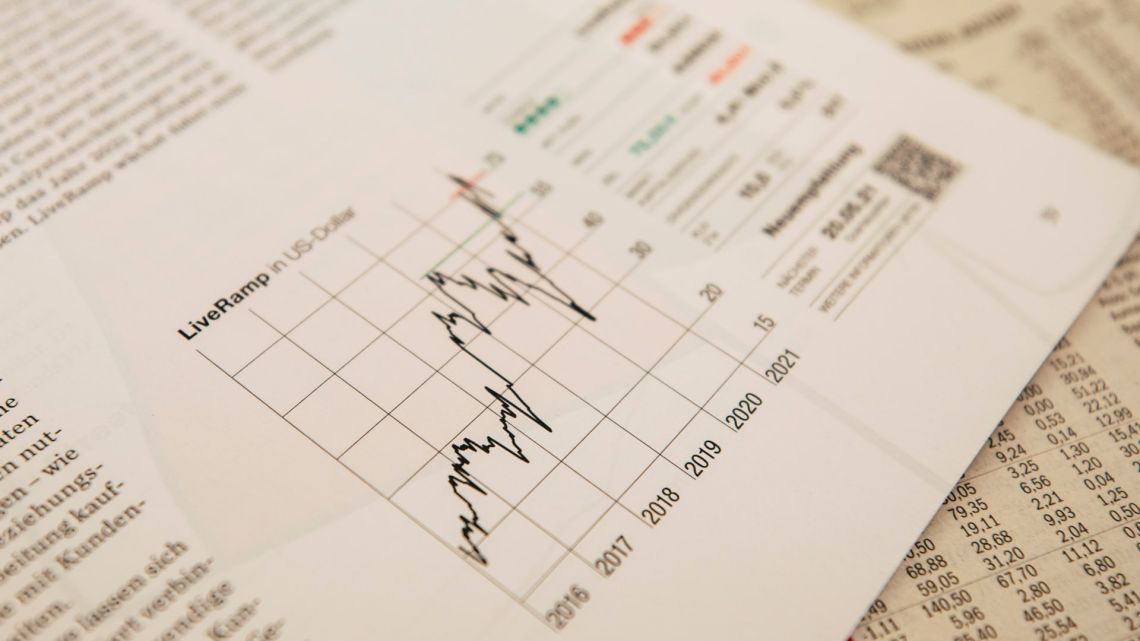
Recent threats to Red Sea shipping lanes have led to a surge in freight costs for suppliers in the Middle East and Asia, providing a potential boost for U.S. polyethylene (PE) exports, according to resin traders.
PE, the plastic pellets used in a wide range of consumer goods, are globally traded commodities transported in steel shipping containers. However, following recent attacks on vessels, shipping companies are avoiding the Red Sea.
The world's largest container shipping company, A.P. Moller-Maersk, has stated that the situation in the Red Sea and Gulf of Aden remains highly unstable. As a result, they have decided to divert Maersk vessels south around the Cape of Good Hope for the foreseeable future.
These diversions have caused freight costs to skyrocket on affected routes, impacting trade flows of price-sensitive commodities like PE. However, the Red Sea crisis has also presented opportunities for U.S. suppliers.
Despite relatively weak overall demand and low growth in the near term, geopolitical issues such as rerouted shipping lanes appear to be providing some strength to the PE markets.
As the crisis in the Red Sea continues, suppliers in the Middle East and Asia are likely to face more challenges in selling to markets such as Latin America, Europe, and North Africa. Maersk has reportedly asked for a $3000/container war risk surcharge.
Consequently, prices in European and West Coast African markets are expected to rise due to limited access to Asian products. On the other hand, North American producers will have more options to sell outside of Asia and Latin America.
This situation presents a potential opportunity for U.S. polyethylene exporters to increase their market share in regions affected by the Red Sea shipping lane threats.













Write Your Comment